Poseidon Clematis – 1 Gallon Pot
$49.97 Original price was: $49.97.$34.98Current price is: $34.98.
SKU: D2LSC 3936165632 Categories: Clematis Vines, VINES & CLIMBERS
- Experience the difference quality makes.
- Buy with Peace of Mind
- Free Shipping, No Compromise on Quality
- High quality products, hassle-free returns.

Poseidon Clematis
Clematis ‘Poseidon’ (‘Evipo113’)
Other Common Names: Boulevard Poseidon Clematis
Plant Details
USDA Plant Hardiness Zones: 4a-9b Find Your Zone
Plant Type: Flowering Vine
Height or Length at Maturity: 3-4′
Width at Maturity: 2-3′
Spacing: 24″ apart to cover short walls or fences
Spacing: 24″ apart to cover short walls or fences
Growth Habit / Form: Climbing, Dense, Twining, Bushy
Growth Rate: Moderate to Fast
Flower Color: Multicolor Pink to Lavender shades with Magenta bars
Flower Type: Single (Imbricate)
Flower Size: 4-5″
Flowering Period: Late Spring or Early Summer to late Summer or Early Fall
Flowering Period: Late Spring or Early Summer to late Summer or Early Fall
Fragrant Flowers: No
Foliage Color: Light to Medium Green
Fragrant Foliage: No
Sun Needs: Full to Mostly Sun, Morning Sun with Afternoon Shade, Morning Shade with Afternoon Sun, All Day Lightly Filtered Sun
Water Needs: Average
Soil Type: Clay (Amend heavy clay to ensure good drainage), Loam, Sandy, Silt
Soil Drainage: Moist but Well Drained
Soil pH: 6.5 – 7.0
Maintenance / Care: Low
Pruning Group: 2
Attracts: Butterflies, Hummingbirds, Beneficial Pollinators, Visual Attention
Resistances: Cold Temperatures (-30F), Deer – more info, Disease, Heat, Humidity, Insect, Rabbit
Description
Poseidon is a charming and extremely floriferous multicolor Clematis that reaches only 3 to 4 feet tall and wide when all grown up. This makes it a perfect selection on a trellis, stake or obelisk in smaller garden beds or containers that can be situated on patios, balconies and other outdoor sitting and living spaces, or allowed to roam among shrubs and perennials in garden beds. Extremely free flowering, from early summer all the way to early fall Poseidon features abundant, large, 6 to 8 petaled 5-inch flowers with soft-pink to soft-lavender petals painted prominently with a magenta bar down the center of each petal. Multiple colors of flowers are present on the vine at the same time each having a creamy white cluster of white anthers at the center. Its foliage stays fresh and green throughout the season. Thriving in full sun to part shade, with its multicolor flowers throughout summer Poseidon is sure to be a conversation piece and appreciated by the butterflies and hummingbirds. The flowers are also excellent for cutting and display in your favorite vase.
Landscape & Garden Uses
Climbing or spreading to 3 to 4 feet tall and equally as wide, the Poseidon Clematis is ideal for growing as a shrubby roamer among shrubs and other plants in garden beds or on a trellis, obelisk or short fence in garden beds or containers that can be situated on patios, balconies and around other outdoor sitting and living spaces where the flowers and the butterflies and hummingbirds feeding can be enjoyed from close up. A fine addition to Clematis gardens, pink theme gardens and cottage gardens.
Suggested Spacing: 18 inches apart to cover fences, trellises, and walls
Growing Preferences
Poseidon Clematis is easy to grow in a moist but well-drained soil of average fertility and full sun to part shade. Though it tolerates dry periods when established, it will appreciate an occasional watering in prolonged periods of dry weather. Make sure not to plant this one too deep as it tends to smother the plant.
Clematis Pruning Group 2
Clematis in Group 2 consist of all the early, large-flowered hybrid clematis that bloom in late spring or early summer and maybe again in late summer. Clematis in this group should be pruned lightly in late winter or early spring. Pruning consists of removing weak and crossing shoots then thinning down the plant to a structure of evenly spaced one and two year old stems. Cut each stem just above a pair of healthy buds. taller growing plants in this group have the tendency to become bare at the base as they mature. You can under-plant with spreading perennial or annual plants to help conceal the bare stems. Alternatively, you can often force a flush of new growth from the base by cutting the vine back to 18 inches immediately after the flush of bloom.
An alternate method of pruning Group 2 clematis is to prune only every three or four years. In this case, the clematis should be pruned as described for Group 3 Clematis. This will produce a weak first flush of flowers in the summer after pruning.
Helpful Articles
Click on the link below to find helpful advice from our experts on how to plant and care for Clematis vines
How To Plant A Clematis
How To Prune A Clematis
Plant Long & Prosper!
Meet The Wilson Brothers & Staff
Questions? Contact Us!
Be the first to review “Poseidon Clematis – 1 Gallon Pot” Cancel reply
Related products
Sale!
Clematis Vines
Sale!
Clematis Vines
Sale!
Clematis Vines
Sale!
Clematis Vines
Sale!
Clematis Vines
Sale!
VINES & CLIMBERS
Sale!
Clematis Vines
Sale!
Clematis Vines




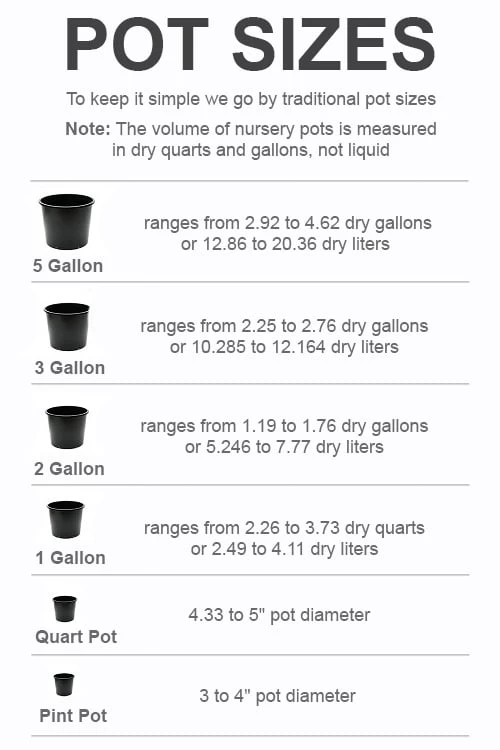








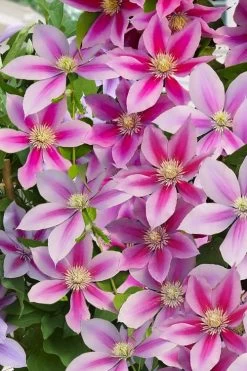
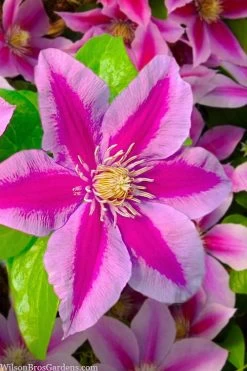
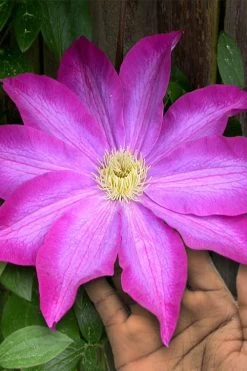



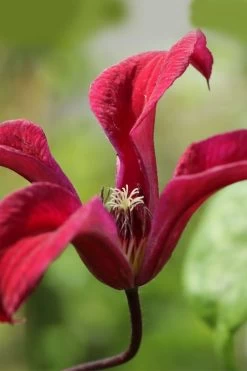

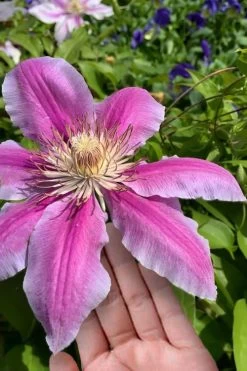
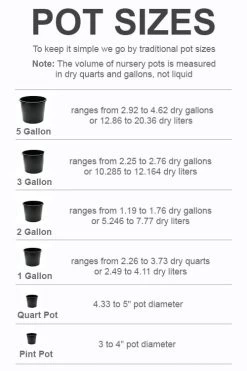
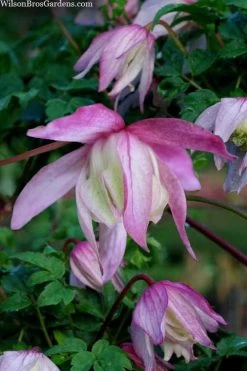
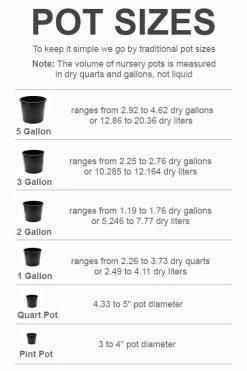
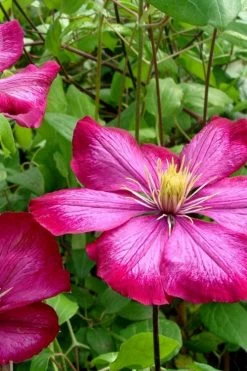
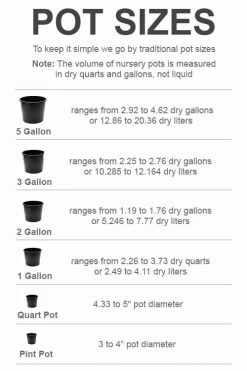


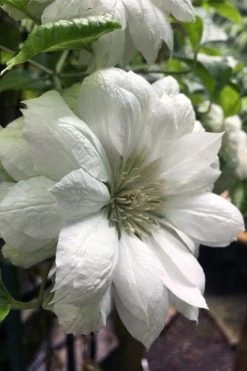
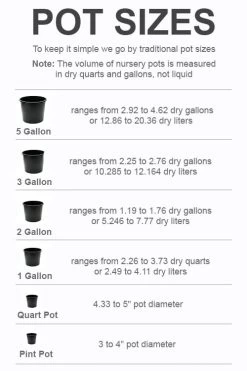
Reviews
There are no reviews yet.